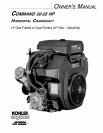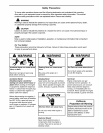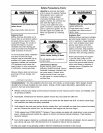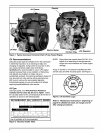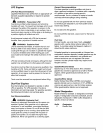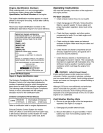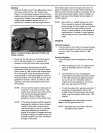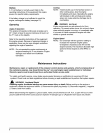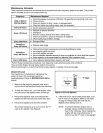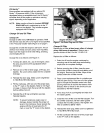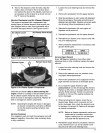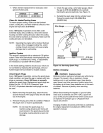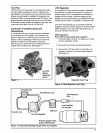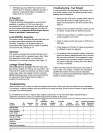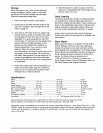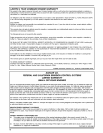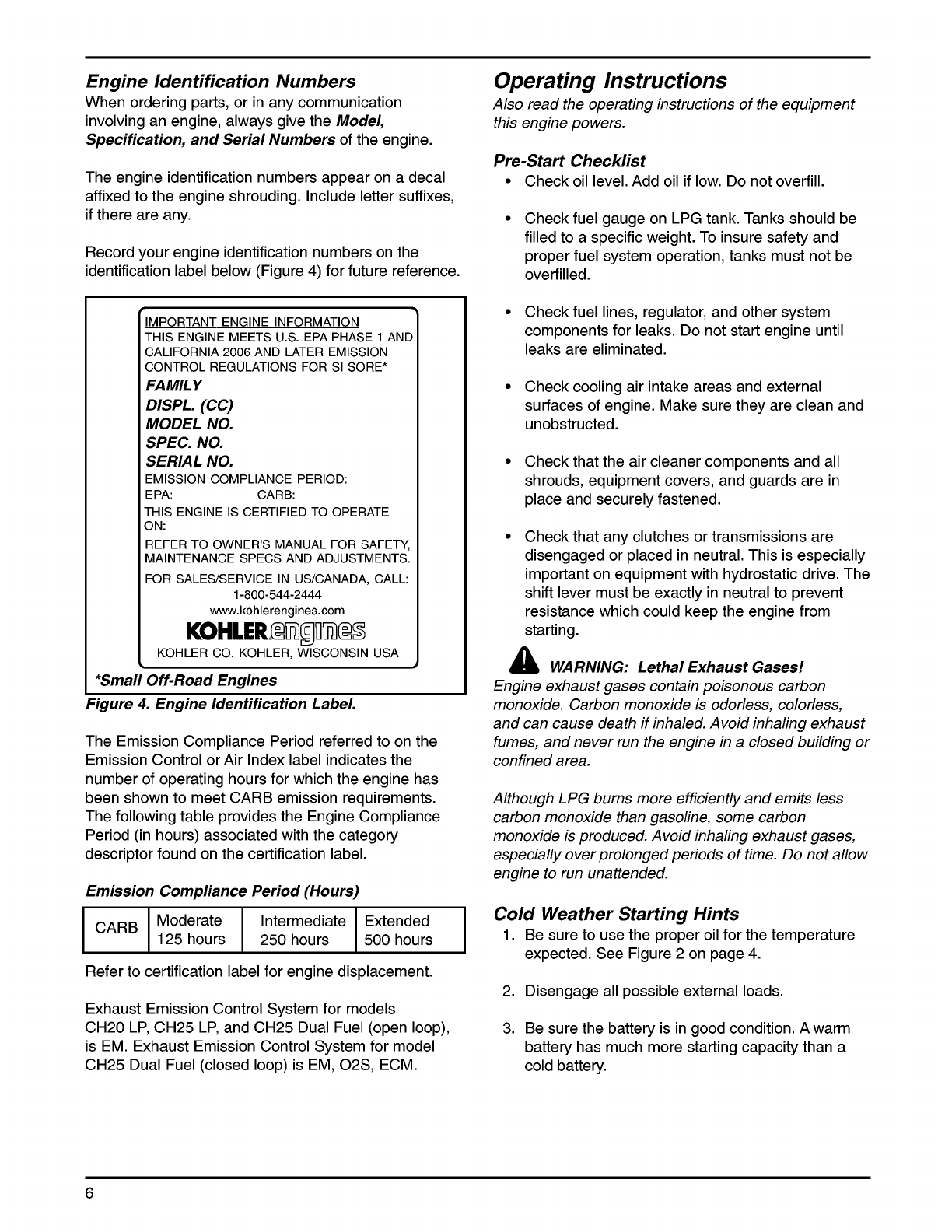
Engine Identification Numbers
When ordering parts, or in any communication
involving an engine, always give the
Model,
Specification, and Serial Numbers
of the engine.
CARB
The engine identification numbers appear on a decal
affixed to the engine shrouding. Include letter suffixes,
if there are any.
Moderate Intermediate
Extended
125 hours 250 hours
500
hours
Record your engine identification numbers on the
identification label below (Figure
4)
for future reference.
--
IMPORTANT ENGINE INFORMATION
THIS ENGINE MEETS U.S. EPA PHASE 1 ANC
CALIFORNIA 2006 AND LATER EMISSION
CONTROL REGULATIONS FOR SI SORE*
FAMILY
DISPL, (CC)
MODEL NO,
SPEC. NO,
SERIAL
NO.
EMISSION COMPLIANCE PERIOD:
E PA: CARB:
THIS ENGINE
IS
CERTIFIED TO OPERATE
ON:
REFER TO OWNER'S MANUAL FOR SAFETY,
MAINTENANCE SPECS AND ADJUSTMENTS.
FOR SALES/SERVICE IN USKANADA, CALL:
www.
kohlerengines.com
1-800-544-2444
KOHLEREIFil@BIQS
KOHLER CO. KOHLER, WISCONSIN USA
*Small Off-Road Engines
7gure
4,
Engine ldentifica tion Label,
The Emission Compliance Period referred to on the
Emission Control or Air Index label indicates the
number of operating hours for which the engine has
been shown to meet CARB emission requirements.
The following table provides the Engine Compliance
Period (in hours) associated with the category
descriptor found on the certification label.
Exhaust Emission Control System for models
CH20 LP, CH25 LP, and CH25 Dual Fuel (open loop),
is EM. Exhaust Emission Control System for model
CH25 Dual Fuel (closed loop) is EM, 02S, ECM.
Operating Instructions
Also read the operating instructions of the equipment
this engine powers.
Pre-Start Checklist
Check oil level. Add oil if low. Do not overfill.
Check fuel gauge on LPG tank. Tanks should be
filled to a specific weight. To insure safety and
proper fuel system operation, tanks must not be
overfilled.
Check fuel lines, regulator, and other system
components for leaks. Do not start engine until
leaks are eliminated.
Check cooling air intake areas and external
surfaces of engine. Make sure they are clean and
unobstructed.
Check that the air cleaner components and all
shrouds, equipment covers, and guards are in
place and securely fastened.
Check that any clutches or transmissions are
disengaged or placed in neutral. This is especially
important on equipment with hydrostatic drive. The
shift lever must be exactly in neutral to prevent
resistance which could keep the engine from
starting.
a
WARNING: Lethal Exhaust Gases!
Engine exhaust gases contain poisonous carbon
monoxide. Carbon monoxide is odorless, colorless,
and can cause death if inhaled. Avoid inhaling exhaust
fumes, and never run the engine in a closed building or
confined area.
Although
LPG
burns more efficiently and emits less
carbon monoxide than gasoline, some carbon
monoxide is produced. Avoid inhaling exhaust gases,
especially over prolonged periods
of
time.
Do
not allow
engine to run unattended.
Cold Weather Starting Hints
1.
Be sure to use the proper oil for the temperature
expected. See Figure 2 on page
4.
2. Disengage all possible external loads.
3.
Be sure the battery is in good condition. A warm
battery has much more starting capacity than a
cold battery.
6



